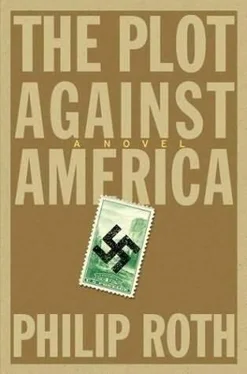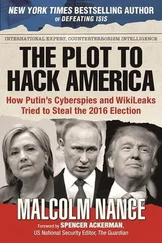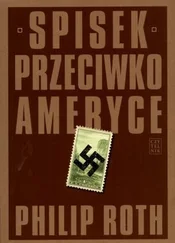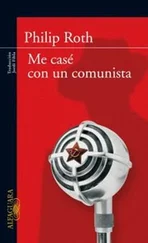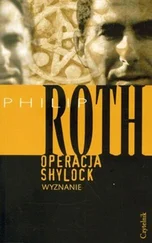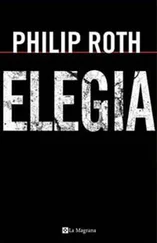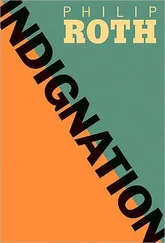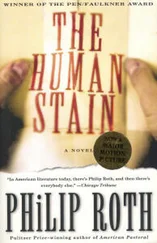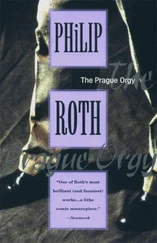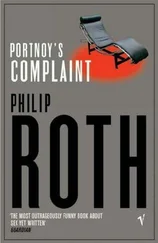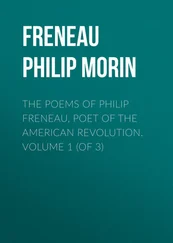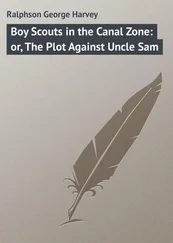A True Chronology of the Major Figures
FRANKLIN DELANO ROOSEVELT 1882-1945
NOVEMBER 1920. After serving as assistant secretary of the navy under Wilson, Roosevelt runs as vice president on Democratic ticket with Governor James M. Cox of Ohio; Democrats defeated in Harding landslide.
AUGUST 1921. Stricken with polio, which leaves him badly crippled for life.
NOVEMBER 1928. Elected to first of two two-year terms as Democratic governor of New York, while national ticket, headed by ex-governor Alfred E. Smith, loses to Herbert Hoover. As governor, Roosevelt strongly establishes himself as a progressive liberal, an advocate of government relief for Depression victims, including unemployment insurance, and a foe of Prohibition. After landslide 1930 gubernatorial victory, becomes Democratic presidential front-runner.
JULY-NOVEMBER 1932. Selected as presidential candidate by Democrats at July convention; in November, defeats President Hoover with 57. 4 percent of vote, and Democrats sweep both houses of Congress.
MARCH 1933. Inaugurated as president March 4; with nation paralyzed by Depression, proclaims in inaugural address that "the only thing we have to fear is fear itself." Quickly proposes New Deal recovery legislation for agriculture, industry, labor, and business, and relief programs for mortgage holders and the unemployed. Cabinet includes Harold L. Ickes, secretary of the interior; Henry A. Wallace, secretary of agriculture; Frances Perkins-first ever woman cabinet appointee-secretary of labor; and Henry Morgenthau, Jr.-the country's second Jew ever to be a cabinet member-secretary of the Treasury (to replace the ill secretary, William Woodin, on November 17, 1933). Begins brief national radio broadcasts from White House, known as fireside chats, and engages reporters in informative press conferences.
NOVEMBER 1933-DECEMBER 1934. Recognizes Soviet Union and soon starts rebuilding the U.S. fleet, in part owing to Japanese activities in Far East. By ' 34 black voters have shifted political loyalty from Lincoln's Republican Party to Roosevelt's Democratic Party in response to president's programs for the underprivileged.
1935. Burst of reform initiatives, referred to as "second New Deal," results in the Social Security Act, the National Labor Relations Act, as well as the WPA (Works Progress Administration), which employs two million workers a month. Signs first of several neutrality measures in response to unsettled European situation.
NOVEMBER 1936. Defeats Kansas Republican governor Alfred M. Landon, winning every state except Maine and Vermont; Democrats enlarge congressional lead. In inaugural address asserts, "Here is a challenge to our democracy…I see one-third of a nation ill-housed, ill-clad, ill-nourished." By 1937, economic recovery well under way, but economic crisis follows and, along with labor unrest, leads to Republican congressional victories in 1938.
SEPTEMBER-NOVEMBER 1938. Apprehensive over Hitler's intentions in Europe, appeals to Nazi leader to accept negotiated settlement in dispute with Czechoslovakia. At September 30 Munich conference, Britain and France capitulate to German demand for Czech Sudetenland and the dismemberment of Czechoslovakia; German troops, led by Hitler, enter in October (and, five months later, conquer the entire country, granting Slovakia independence as a German-backed fascist republic). In November Roosevelt orders enormous increase in production of combat airplanes.
APRIL 1939. Asks Hitler and Mussolini to agree for a period of ten years to refrain from attacking weaker European nations; Hitler replies in a Reichstag speech by heaping scorn on Roosevelt and boasting of German military might.
AUGUST-SEPTEMBER 1939. Telegrams Hitler asking him to negotiate settlement with Poland over territorial dispute; Hitler responds by invading Poland on September 1. England and France declare war on Hitler, and World War Two begins.
SEPTEMBER 1939. European war prompts Roosevelt to seek changes in Neutrality Act to allow Britain and France to obtain arms from U.S. When Hitler invades Denmark, Norway, Belgium, the Netherlands, Luxembourg, and France in first half of 1940, Roosevelt significantly increases U.S. arms production.
MAY 1940. Establishes Council of National Defense and, later, Office of Production Management, to prepare industry and armed forces for possible war.
SEPTEMBER 1940. Japan, at war with China and having invaded French Indochina (and having already annexed Korea in 1910 and occupied Manchuria in 1931), signs triple alliance with Italy and Germany in Berlin. At Roosevelt's urging, Congress passes first peacetime conscription bill in U.S. history, requiring all men between twenty-one and thirty-five to register for the draft and arranging for the induction into armed services of 800, 000 draftees.
NOVEMBER 1940. Denounced by right-wing Republicans as a "warmonger," and campaigning as an avowed enemy of Hitler and fascism pledged to do everything possible to keep America out of the European war, Roosevelt wins unprecedented third term, by 449 to 82 electoral votes, defeating the Republican Wendell L. Willkie in an election in which national defense and U.S. relationship to the war are major issues; Willkie carries only Maine, Vermont, and the isolationist Midwest.
JANUARY-MARCH 1941. Inaugurated January 20. In March Congress passes his Lend-Lease Act, authorizing president to "sell, transfer, lend, lease" armaments, foodstuffs, and services to countries whose defense he deems vital to the defense of the U.S.
APRIL-JUNE 1941. After German army invades Yugoslavia and then Greece, Hitler breaks joint non-aggression pact and invades Russia. In April U.S. takes Greenland under protection; in June Roosevelt authorizes landing of U.S. forces in Iceland and extends Lend-Lease to Russia.
AUGUST 1941. Meeting at sea, Roosevelt and Churchill draw up Atlantic Charter of "common principles," containing eight-point declaration of peace aims.
SEPTEMBER 1941. Announces that Navy has been ordered to destroy any German or Italian submarines entering U.S. waters and threatening U.S. defense; asks Japan to begin military evacuation of China and Indochina, but war minister, General Tojo, refuses.
OCTOBER 1941. Asks Congress to amend Neutrality Act to allow arming of U.S. merchant ships and to permit them to enter combat zones.
NOVEMBER 1941. Massive Japanese striking force secretly assembles in Pacific while negotiations with U.S. on military and economic issues appear to continue with arrival in U.S. of Japanese envoys for "peace talks."
DECEMBER 1941. Japan launches surprise attack on U.S. possessions in the Pacific and far eastern possessions of Great Britain; after emergency address by president, Congress unanimously declares war on Japan the next day. On December 11 Germany and Italy declare war on the U.S.; Congress, in response, declares war on Germany and Italy. (Casualty figures for Japanese attack on Pearl Harbor: 2, 403 American sailors, soldiers, marines, and civilians killed; 1, 178 wounded.)
1942. Directing the war effort occupies president almost entirely. In his annual message to Congress he stresses increased war production, declares that "our objectives are clear-smashing the militarism imposed by the warlords on their enslaved peoples." Proposes record $ 58, 927, 000, 000 budget to accommodate war expenses. With Churchill, announces creation of unified military command in Southeast Asia. Strategy conference with Churchill in June results in November invasion of French North Africa by Allied troops under command of General Dwight D. Eisenhower (German army driven from Africa seven months later); president assures France, Portugal, and Spain that Allies have no designs on their territories. In June asks Congress to recognize existence of state of war against fascist regimes of Romania, Bulgaria, and Hungary, allied with Axis powers. In July appoints commission to try eight Nazi saboteurs arrested by federal agents after landing on U.S. shores from enemy submarine; following secret trial, two are imprisoned and six are executed in Washington. In September, president's emissary Wendell Willkie received by Stalin in Moscow, where he urges second military front in Western Europe. In October president makes secret two-week tour of war production facilities and announces objectives are being met. Asks Congress to expand draft to eighteen-and nineteen-year-olds.
Читать дальше
